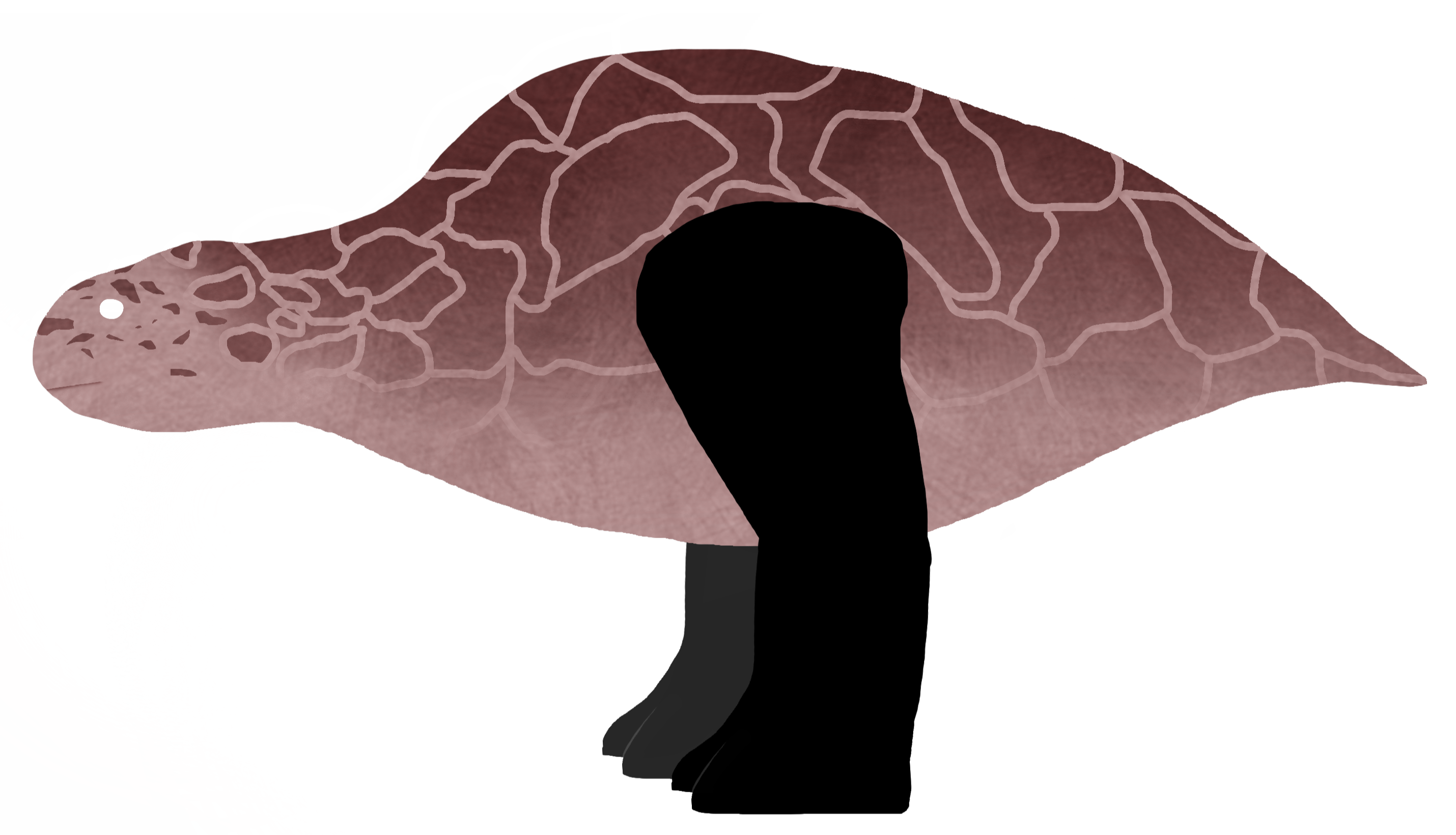HOME | DD
 SpecJects — The Common Marmataur
SpecJects — The Common Marmataur

#alienlife #exobiology #xenobiology #gikumo #conceptart #speculativeevolution #objectshowcommunity
Published: 2021-11-26 16:18:36 +0000 UTC; Views: 6266; Favourites: 35; Downloads: 1
Redirect to original
Description
The common marmataur (Latin words meaning “marble bull”) is a large slow-moving duopod found in open areas of Giyudi, such as grasslands, woodlands, and riverines.Among the largest terrestrial specimens of Gikumo, the marmataur measures 5 meters high (17 ft) and 9 meters long (31 ft) and weighing 15 tones (33,000 Ibs); it’s overall size is probably comparable to that of the prehistoric Paraceratherium, if not, longer.
Hence their name, the marmataur is known for its marble-like markings all over its body. These markings are much like human fingerprints as no two individuals have exactly the same pattern. They can be also be used as camouflage, and social markings.
For a creature this size, the marmataur’s activity depends on the seasons. While diurnal during the fall/winter months, it primarily forages at night during the summer, purposely to avoid the hot weather. The only times it does spends its summer days are resting under the shade, living near water and/or bathing in water.
The common marmataur is a browsing herbivore that is adapted to stripping foliage from large shrubs and perennial plants in which smaller herbivores can’t reach.
Marmataurs live socially in small herds led by a single bull and consisting of 4-8 females (cows) and their offspring. Herdless males live solitarily or with other bulls; the only males that do tend to live within in the herd are only young and have yet to become old enough to go on their own. Marmataurs are also nomadic, as they are constantly on the move to search for food and therefore provides protections from predators.

























